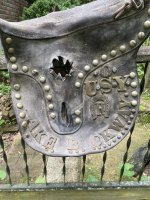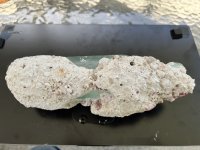BIGSCOTT
Hero Member
Newsletters are cool loaded with names, from reading them i find that lots of guys came and went,
but i had an idea i took one of the names from the news letter and searched family search for his name
washington county minnesota 1940, and low and behold 3 pages of census ccc enrollees in alphabetical order,
our guys arent there, but i kinda expected that as i had searched washington county before but if they had a newsletter
in Bayport hopefully they had one in Rochester.
but i had an idea i took one of the names from the news letter and searched family search for his name
washington county minnesota 1940, and low and behold 3 pages of census ccc enrollees in alphabetical order,
our guys arent there, but i kinda expected that as i had searched washington county before but if they had a newsletter
in Bayport hopefully they had one in Rochester.







